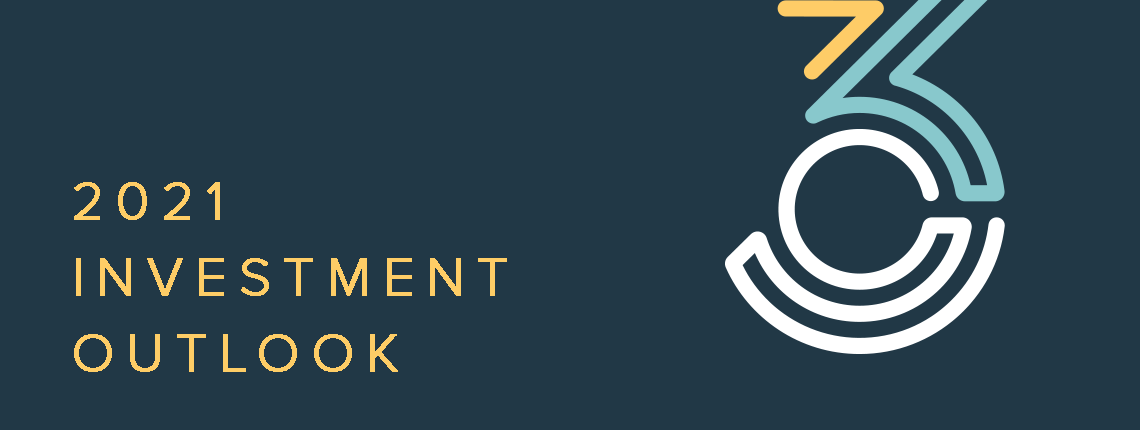2020 was an interesting year; global societal lockdowns as a result of the Covid-19 virus pandemic had effects that will not be fully realised for years to come. The market performance was a direct result of this, albeit in microcosm.
It was a year of two halves.
In chronological terms, the fall during February and March 2020 was one of the deepest and quickest in history, with the UK FTSE 100 falling 32.05% and the US S&P 500 falling 24.25% from 23rd February to the 23rd March 2020 (Source: Morningstar). Yet the subsequent recovery to date has been similarly dramatic, with the UK FTSE 100 rising 27.06% and the US S&P 500 rising 41.92% from the 23rd March 2020 to the end of the year (Source: Morningstar).
In market terms, the bifurcation was clearly apparent, with the winners of 2020 being those companies who could continue to deliver their products and services to the market during the “working from home” environment. Companies such as Amazon, Netflix, Zoom, Microsoft and Peloton all increased their share prices over and above expectations, whereas more traditional industries such as banking, oil majors and travel and tourism did not recover from the earlier market falls.
To those investors who stayed the course and remained suitably diversified, 2020 delivered a remarkably positive return and should be looked back upon as an exercise in successful investing. However, we now look at what 2021 may bring.
Positivity currently reigns over capital markets. The global roll-out of Covid-19 vaccines is underway on a trifecta of fronts, which is giving a positive surge to those traditional “value” stocks which underperformed against the broader market in 2020.
Furthermore, and perhaps more importantly to investors, is the recent Senate vote result in Georgia, which has paved the way for the Democratic party to hold sway across all three parts of the US governmental system. This will now allow President-Elect Biden to implement his programme of progressive policies. This outcome significantly boosts the prospect of further near-term stimulus for the US economy and, following the passage of a $900 billion stimulus package at the end of 2020, the Democrats will likely view a further spending bill as an early priority.
Over the medium term, infrastructure spending will remain a bi-partisan policy, but it is now possible for the Democrats to pass larger infrastructure packages, along with Biden’s ambitions on climate change. As a result, the expectation is for the US to re-join the Paris Accord and implement stricter fuel emission standards, along with subsidies for renewable energy production and potential tax hikes on traditional energy industries.
We have already begun to see the effects of aggressive fiscal policy, with US 10-year bond yields increasing over 1.00% for the first time in nearly 12 months. There is further room for yields to move higher, although this will be impacted upon the course the pandemic takes over the coming year. This has had a positive effect on financial stocks as higher yields provide a greater opportunity for increased bank profit margins, something that has been noticeably absent over the past five years.
The implications for the US Dollar are uncertain, with higher yields offering support on one hand, whilst higher government spending counteracts this measure. Any weakness will be of benefit to Emerging Market economies and we expect this allocation to continue to benefit investors moving throughout the year.
Our portfolios remain fully invested in terms of risk exposure, with recent market positivity reflected in our UK Large Cap exposure. Once again, we are bullish on Emerging Markets and Small Cap equities which have underperformed their Large Cap counterparts during 2020.
Our fixed income allocation has been discernibly focussed upon the short end of the curve during the second half of 2020, along with an increased allocation towards inflation-hedged securities. This, we believe, is prudent in the face of rising bond yields and gives us comfort, knowing that we are providing a solid “risk-off” platform for our portfolios.
Overall, we believe that we are moving into the year in a very positive position, yet prepared to make changes if we believe the risk backdrop has materially changed. As ever, the investors who are successful are those that stay the course and we will continue to manage our portfolios in line with each given volatility banding and risk expectation.


